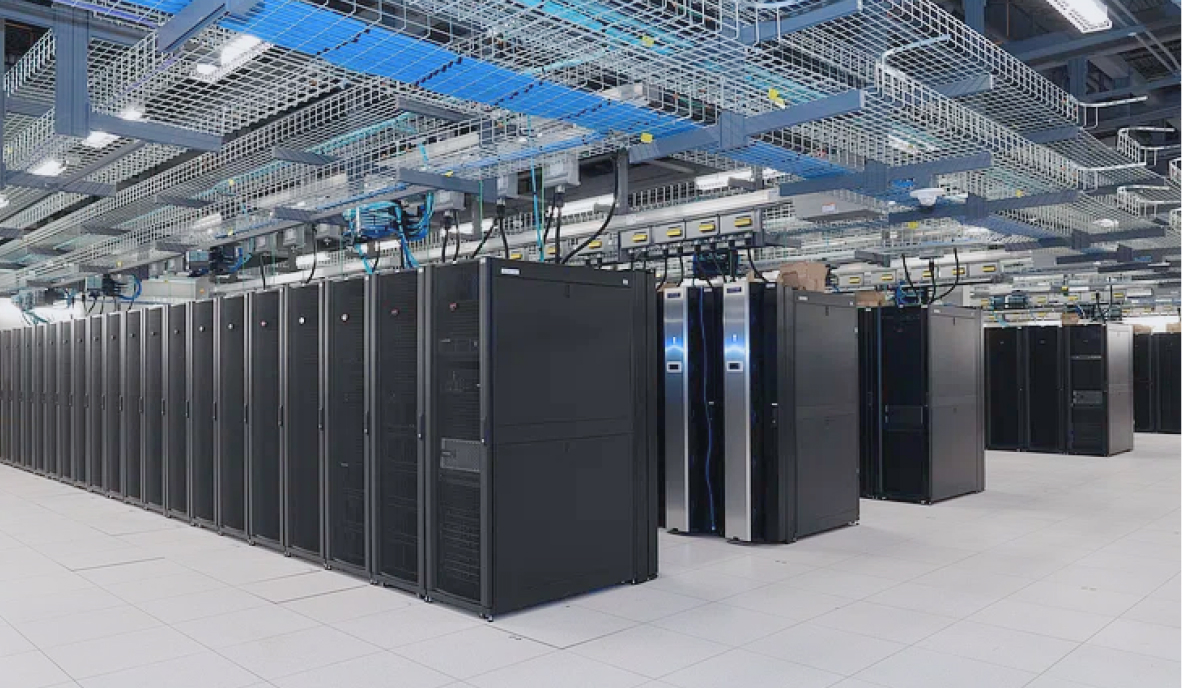What are Urban Heat Islands, and How Do We Avoid Them?

Join the community





Urban heat islands (UHIs) are a significant environmental phenomena that occur in densely populated urban areas. Temperatures in UHIs are higher than in surrounding rural areas, prompting more heat advisories for the people who live there. This extreme heat has become a growing concern as global temperatures rise as a result of the climate crisis.
Key Characteristics of Urban Heat Islands
Urban heat islands occur due to factors like asphalt and concrete surfaces, reduced vegetation, and concentrated energy use contribute to the phenomenon. The urban landscape's dense arrangement of buildings, roads, and infrastructure creates a microclimate that traps heat. Tall buildings can block natural ventilation, and heat emitted from air conditioning and industrial processes further intensifies the warming effect.
Surfaces absorb and re-radiate heat, while reduced vegetation limits the cooling effects of evapotranspiration. The temperature difference can range from a few degrees to several degrees Celsius, with the most pronounced effects usually observed during the night.
The Impacts of Urban Heat Islands
Higher Energy Consumption
UHIs increase energy demands for cooling as buildings require more air conditioning to combat higher temperatures, leading to elevated electricity consumption and greenhouse gas emissions.
Health Risks
Elevated temperatures in urban areas can pose health risks, particularly to vulnerable populations like the elderly and those with pre-existing conditions. Heat-related illnesses and mortality rates can rise during heatwaves.
Air Quality
UHIs can worsen air quality as higher temperatures accelerate the formation of ground-level ozone and other pollutants, exacerbating respiratory problems.
Water Management
Increased temperatures influence water demand and stress water resources. They can also impact the urban water cycle, altering precipitation patterns and affecting runoff and drainage systems.
Urban Planning
UHIs influence urban planning and design, promoting the adoption of cooling centers and green infrastructure, such as parks, green roofs, and tree-lined streets, to mitigate their effects.
Mitigating Urban Heat Islands
We can minimize the effects of urban heat islands to cool our spaces while building biodiversity.
Green Spaces
Incorporating parks, gardens, and green roofs in urban planning can provide shade and promote evapotranspiration, reducing UHI effects.
Cool Roofs
Installing reflective or cool roofs can lower surface temperatures and decrease heat absorption. Green roofs can also serve this purpose.
Urban Design
Planning streetscapes with shade-providing structures and using light-colored materials can prevent heat buildup. We can also take global inspiration from centuries- old architecture like wind towers, stepwells, and skywells.
Energy-Efficient Buildings
Constructing energy-efficient buildings with proper insulation and ventilation can reduce indoor heat and lower energy consumption.
In conclusion, urban heat islands pose significant challenges to modern urban living. Recognizing the causes, impacts, and potential solutions to UHIs is essential for building sustainable, resilient, and comfortable cities that thrive in a changing climate.








.jpg)




